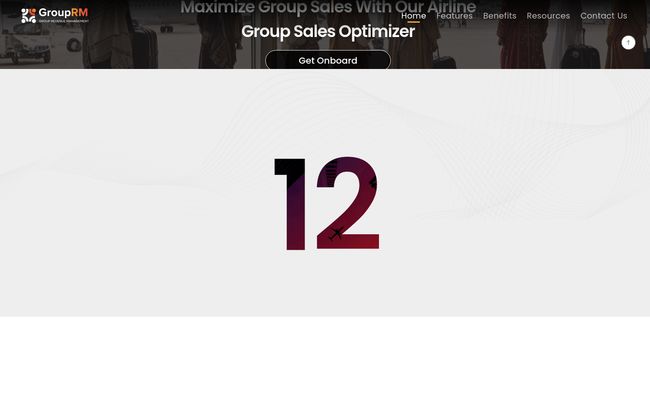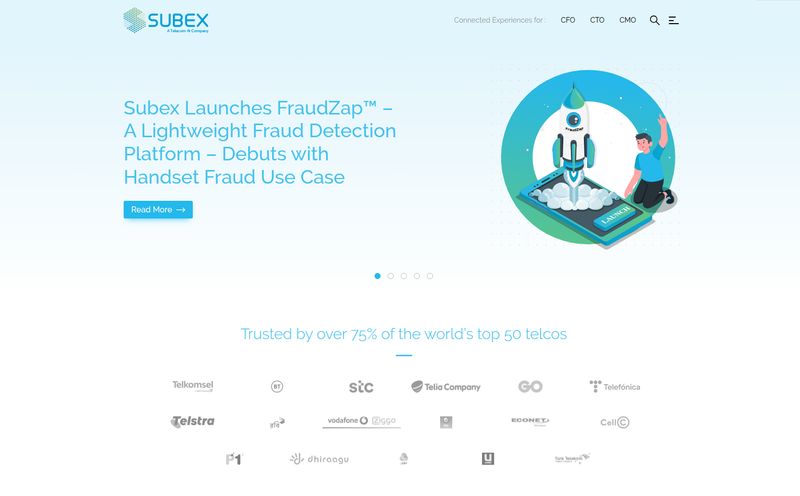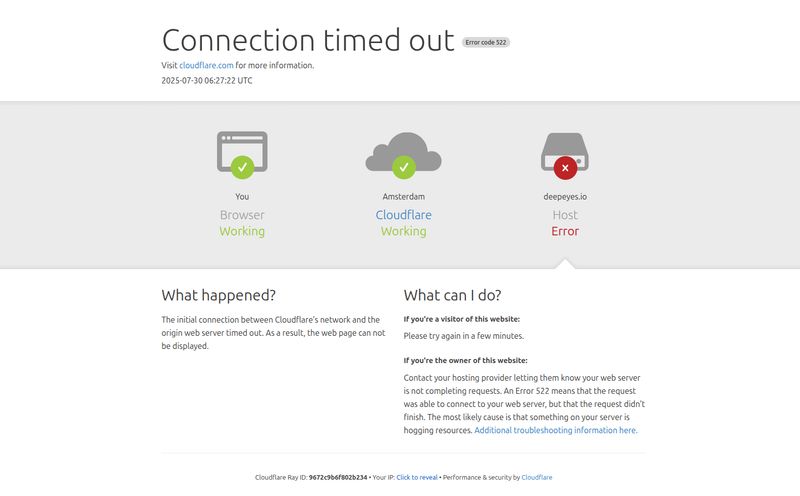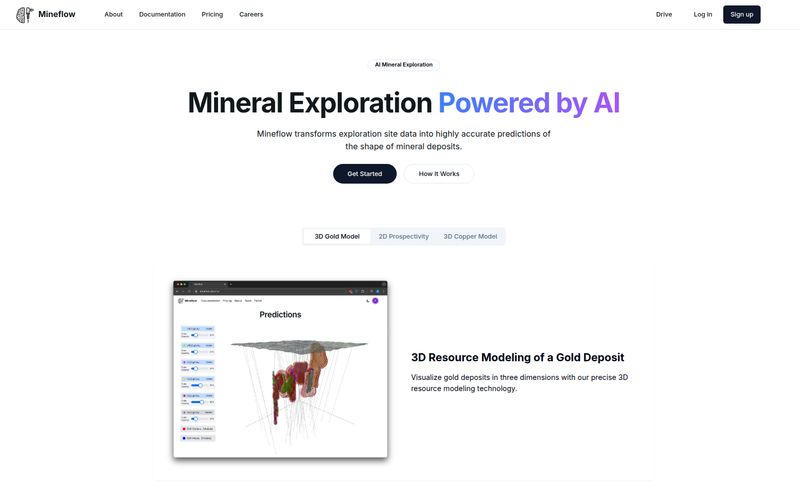Airline group bookings. Just the phrase can send a shiver down the spine of any seasoned revenue or sales manager. It’s a world of sprawling Excel sheets, endless email chains, and the constant, nagging fear of a misplaced decimal point throwing off an entire quarter's projections. For years, this has just been... the way things are. A necessary evil handled with a patchwork of manual processes and a whole lot of caffeine.
I’ve been in the digital marketing and SEO game for a long time, and I’ve seen countless B2B platforms promise to “revolutionize” an industry. Honestly, most are just a new coat of paint on old, clunky ideas. But every now and then, you stumble upon a tool that genuinely makes you sit up and pay attention. Recently, a platform called GroupRM crossed my desk, and it looks like one of those rare exceptions.
It’s a 360° group booking revenue management solution built specifically for airlines. And its whole reason for being is to take that chaotic, manual mess and turn it into a streamlined, automated, and dare I say, intelligent process.

Visit GroupRM
So, What is GroupRM, Really?
At its heart, GroupRM is an advanced airline group sales software. But that's a bit of a dry description. Think of it less as a simple booking tool and more as a central nervous system for your entire group sales operation. The platform's goal is to automate the tedious workflows, from initial request to final payment, freeing up your team to focus on strategy instead of data entry.
It's designed to resolve those real-time headaches—like accurately pricing a block of 50 seats for a conference six months from now—while actively looking for opportunities to maximize revenue. This isn't just about making things easier; it's about making them smarter and more profitable.
The Core Features That Actually Seem to Matter
Any software can throw a list of features on a landing page. What I care about is whether those features solve real problems. Here’s where GroupRM seems to hit the nail on the head.
AI-Powered Pricing and Insights
This is the big one for me. Manually pricing group travel is a shot in the dark, often based on historical data that might not reflect current demand. GroupRM uses AI to power its pricing engine, offering dynamic adjustments based on real-time market conditions, flight availability, and demand forecasts. It means you’re not leaving money on the table by offering a flat rate that’s too low, or losing a sale because your quote was too high. The platform also offers advanced data visualization, so you can actually see the trends instead of just guessing at them.
Taming the Booking Beast with Automation
Picture this: no more manually reconciling payments or chasing invoices. GroupRM automates the entire payment process, from secure collections to reconciliation. It's built to handle large-scale bookings without your team breaking a sweat. The entire workflow, from quote generation to seat allocation, is streamlined. This drastically cuts down on operational costs and, maybe more importantly, reduces the chance of revenue fraud or simple human error. That one misplaced comma in an Excel cell? The system makes that a thing of teh past.
Keeping Everyone in the Loop, Automatically
The customer experience for group travel can be… lacking. Endless back-and-forth emails, uncertainty about confirmation, outdated information. GroupRM tackles this head-on with real-time notifications and updates for both the airline and the customer. It creates a much smoother, more professional experience that builds trust and encourages repeat business. It also allows for customizable ancillary management, so upselling baggage, seat selection, or meals becomes part of the automated flow, not a last-minute scramble.
The Real-World Gains of Using a System Like This
When you put all those features together, the benefits become pretty clear. We’re talking about a significant reduction in the manual labor required to manage group sales, which directly translates to lower operational costs. The AI-driven pricing and ancillary options are designed to actively increase revenue per booking. And by automating payments and tracking everything in one place, you seal up the cracks where revenue leakage and fraud can occur. Plus, a better customer experience means happier clients who are more likely to book with you again. It’s a powerful combination of efficiency and growth, which is the holy grail for any airline's commercial team.
Let's Be Real: The Potential Hurdles
No tool is perfect, and it’s important to go in with eyes open. Based on what I've seen, there are a few things to consider. First, there will likely be an initial setup period and a learning curve for the team. Moving from decades of manual habits to a new, automated system always requires some adjustment. Second, while AI is powerful, it's not magic. Teams will need to monitor the automated suggestions to ensure they align with broader company strategy—you can’t just “set it and forget it” entirely. Finally, while the system offers customization, getting into really deep, bespoke configurations might require some technical help, which is pretty standard for enterprise-level software.
What's the Damage? A Look at GroupRM Pricing
This is the part where everyone wants a number. Unfortunately, like most specialized B2B SaaS platforms, GroupRM doesn’t list its pricing publicly. This makes sense; the cost will almost certainly depend on the size of the airline, booking volume, and the specific features required.
Your best bet is to reach out to their sales team directly through their website. They’ll likely schedule a demo to understand your specific needs and then provide a custom quote. Don't let the lack of a price tag scare you off—it's standard practice in this space.
Frequently Asked Questions about GroupRM
What makes GroupRM different from just managing bookings manually?
The biggest difference is the shift from a reactive, manual process to a proactive, automated one. Instead of spreadsheets and email, you get a centralized system with AI-powered dynamic pricing, automated payments, and real-time updates, which reduces errors and increases revenue opportunities.
Is GroupRM difficult to set up?
There's likely an initial setup and training period involved, as with any new enterprise software. The company probably provides onboarding support to make the transition smoother, but teams should expect a small learning curve as they adapt their workflows.
Can GroupRM integrate with our current airline systems?
The information available suggests it's designed to integrate with existing tools. This is a crucial point to discuss during a sales demo—ensuring it can talk to your Passenger Service System (PSS) or other core platforms is key.
How exactly does the AI help with pricing?
The AI analyzes factors like flight capacity, booking windows, historical data, and real-time demand to suggest an optimal price for a group. This moves beyond static, one-size-fits-all pricing to a dynamic model that maximizes revenue for each specific request.
Does GroupRM handle the entire payment process?
Yes, one of its core features is the automation of the payment lifecycle. It includes flexible payment methods for the customer and automated reconciliation on the backend for the airline, which helps secure revenue and reduce administrative work.
My Final Thoughts on GroupRM
Look, the airline industry isn't exactly known for being nimble. But the pressure to optimize every single seat is immense. Group bookings have long been a source of both high potential and high frustration. A tool like GroupRM feels like a genuinely smart answer to an old, persistent problem.
By bringing AI, automation, and a better user experience to the table, it’s not just cleaning up a messy process—it's turning it into a competitive advantage. If you're in the airline world and the words “group booking request” make you want to hide under your desk, I'd say GroupRM is definitely worth a look. It might just be the tool that lets you finally archive that 'GROUPS_FINAL_v12_USE_THIS_ONE.xlsx' file for good.



